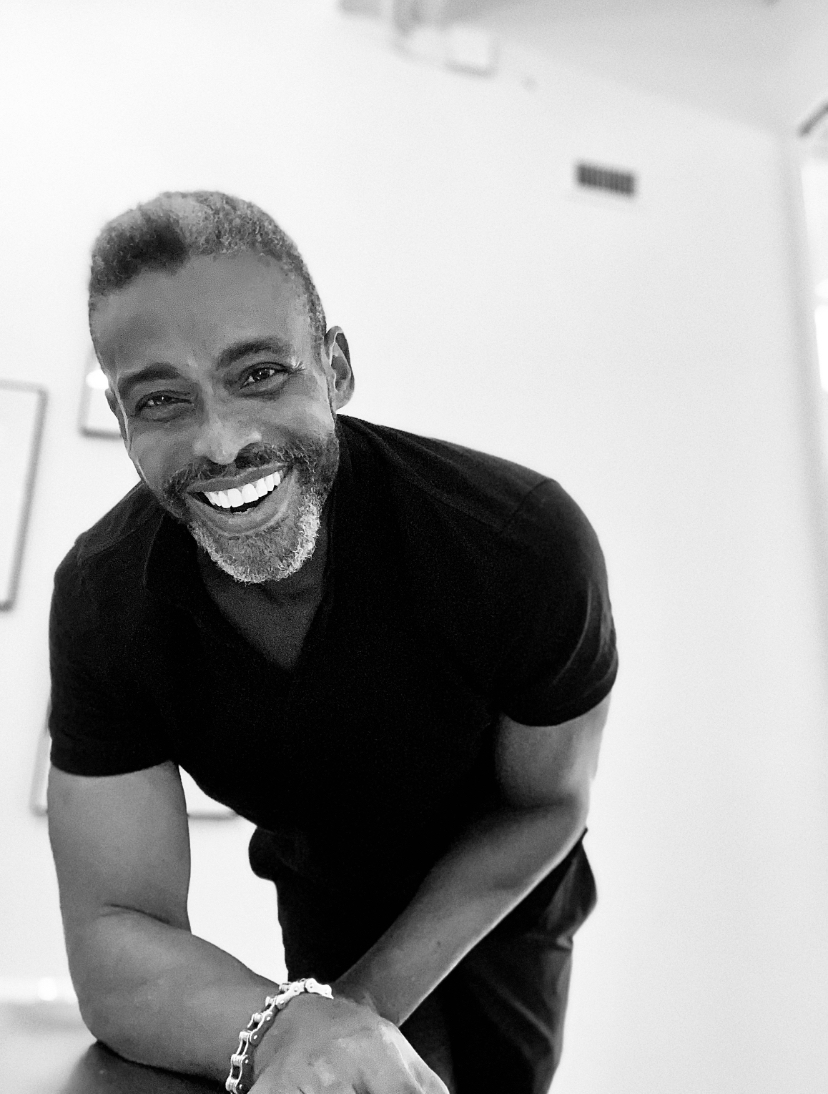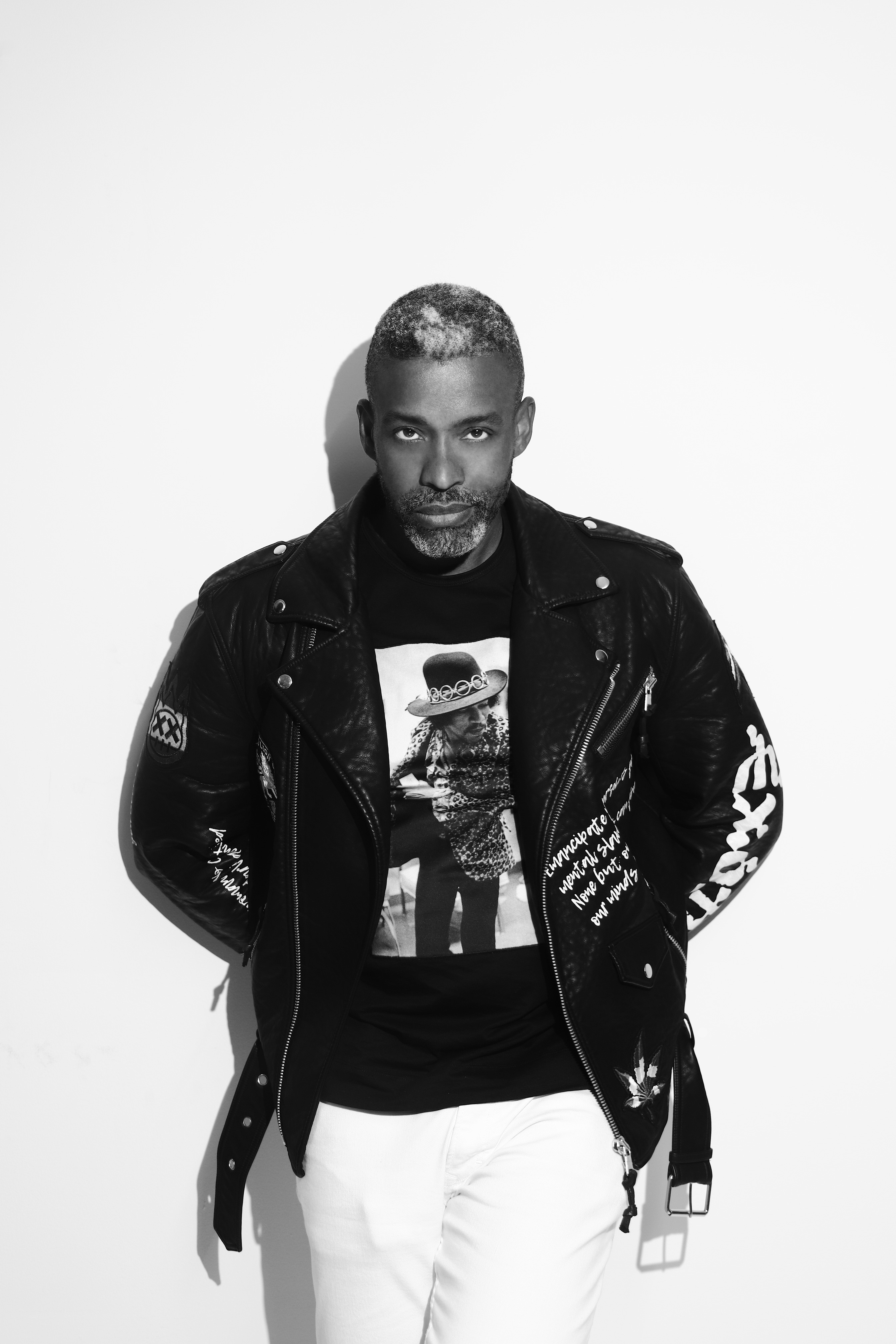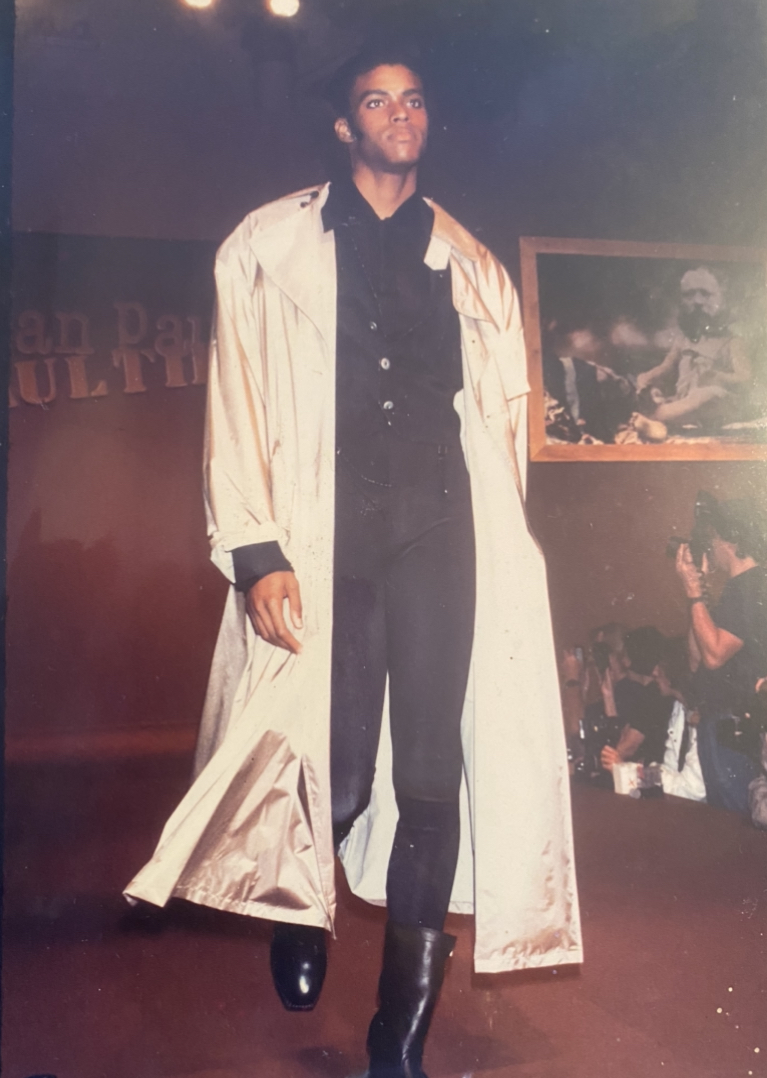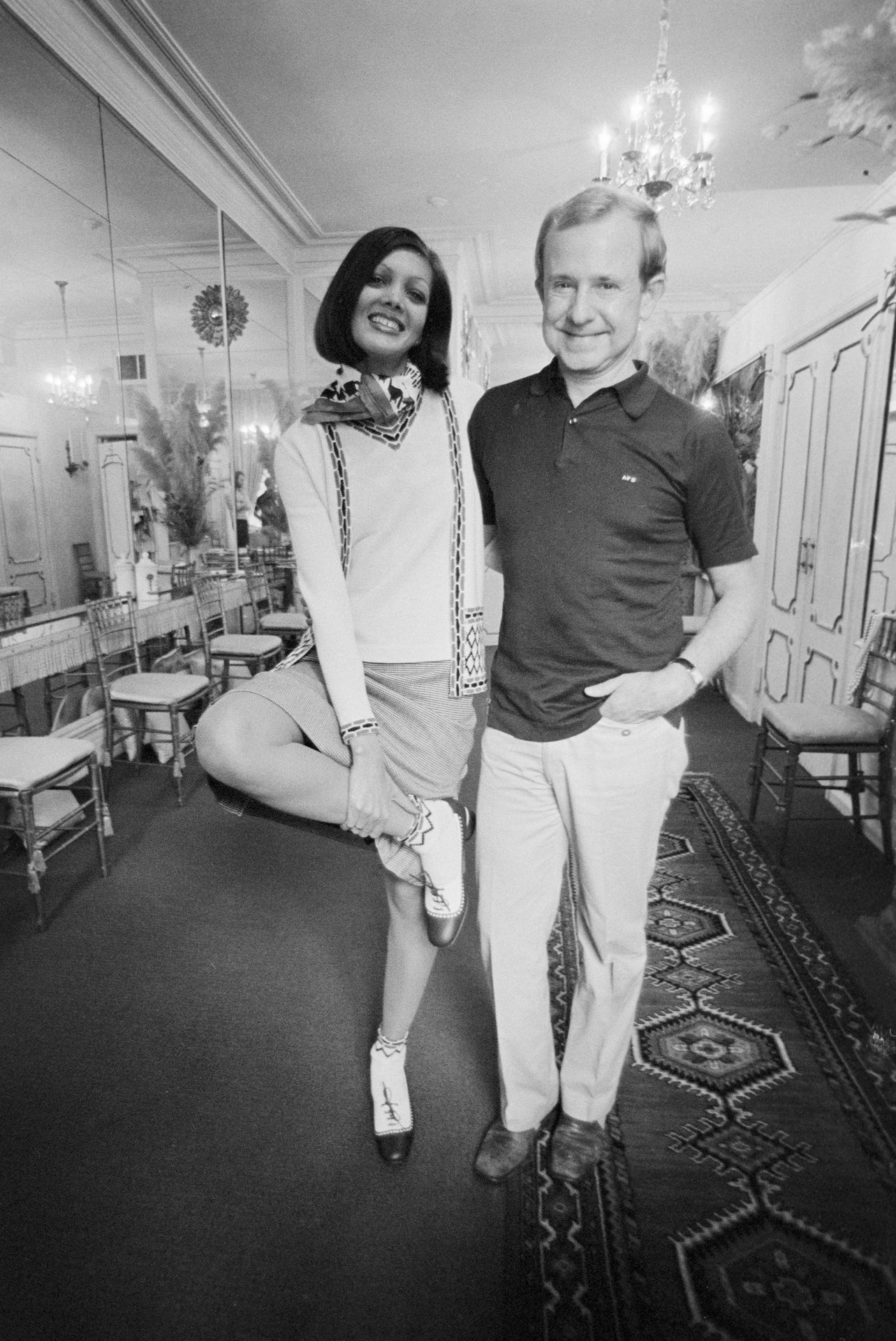Did you choose modeling, or did it choose you?
I did not choose modeling – I was chosen several times. I was a freshman at Parsons School of Design and needed an income, so I walked into Parachute, THE store in Soho. This was where all the rock stars and celebrities shopped back during a time when Soho was edgy, artistic and a huge part of the Bowery. Parachute was a Canadian brand completely ahead of its time and I knew instantly that this was where I wanted to work. So, I am inside completing an application, and in comes a photographer flustered and running late for his shoot. He then turns to me and says: “Omg! We’re waiting on you!” and I replied: “Waiting on who?” and the owner comes over, looks me over, and says: “He’s not the model!” The photographer thought otherwise as the owner is requesting that I turn around for him. I politely did a slow turn for him and he then asked what had I come in the store for. I said, “a job as a salesperson- I really love the clothes!” The owner offers me the job as a salesperson and instructs I would also be modeling for their upcoming campaign that day. Everything happened overnight! As luck would have it, I became an international star on the downtown scene. I was featured in GQ, Vogue, Interview Magazine, and on every major magazine. Here I am, this Black kid from Harlem making it big when there were no other Black kids on magazines anywhere! I was officially discovered at a club called Area on the Lower East Side by a GQ magazine rep during that time. I posed for GQ, and the rest became history after that shoot!
How important is the role of the Black model to the fashion industry?
Both male and female are extremely important. I believe that we’ve helped set the standards and bring the cultural diversity that was missing in fashion. Our presence has been felt, although the Black male model does not receive the same sort of recognition as our female counterpart. Many of us have left undeniable marks on the industry, and you see that in pop culture today. I think we’ve extended the idea today of who a male model truly is. It has spilled over in every aspect of our culture. Take for instance the athlete or rapper/musician. They all want to be models. They have leverage themselves in a way to appear on major fashion magazine covers or in major fashion campaigns. We’ve extended the brand to encompass not only traditional models but those who find great interest in becoming so.
Compared to your generation, how has the fashion industry changed for Black models, and has the shift become more lucrative and progressive or is change still necessary and impending?
The industry has changed tremendously since my modeling epoch. Back in those days, models were groomed. We had long careers that were nurtured. Therefore, there were so few of us and people saw the same faces on a continuous basis. Risks were not taken on Black male models in that era, so as compared to today with social media and the many platforms we use, you see more diversity on the runways. You’re seeing models with vitiligo, albinism, models from Africa with dark skin, dreadlocks, tattoos…all those things were scorned back in my day. You had to have a certain standard, classic form of beauty. Today, those norms have changed. I also believe it is potentially more lucrative today as the modeling purses are larger compared to my day. The campaigns are much different. I can remember working for Macy’s at $2,000 per day/five days a week. It wasn’t bad, it was just more work. Not a bad purse, $10,000 per week but I did it for 10 years, coupled with JC Penney’s and the commercials and various editorials. Today, you can book two to three big jobs, become a superstar and do very, very well! The Alton Masons are really cleaning up and this generation is completely different. They’re androgynous, gender-fluid and showing more of the reality of the world than we did. The idea of beauty has expanded and has become more accepting. That’s the world I know and love.
Describe a pinch yourself moment with a designer, during your zenith.
Wowwww! I did The Gap ad and have had some groundbreaking experiences, but I would have to say it was when I walked in Paris! I was with First Agency, all of what 19 years old, first time overseas, didn’t speak French but understood it. I am among everything you thought looked like a model in those days – tall, blonde, blue-eyed – and then there was me, the Black kid from Harlem, 6’1, 170 wet- everything draped like a hanger! I was in a lineup full of gorgeous humans! I’m waiting my turn at a go-see and the doors of the office open and through a crowd of many, I locked eyes with an Icon. He looked at me through the crowd and beckons me. I go over. and he says: “Hello, my name is Jean Paul Gaultier- do you have a book?” He took my book, looked at one photo, asked me to walk for him, put the clothes on me, and invited me to walk his show the following Saturday, and I agreed. He said. “you are fantastique! You are my surprise! Get here early!” I turned out to be his angel. I walked the décoller in lace, cowboy boots and angel wings long before Lil’ Nas X! The crowd went crazy – the applause was deafening! Because of that success, I was able to attend his first show in Milan in 1985.









